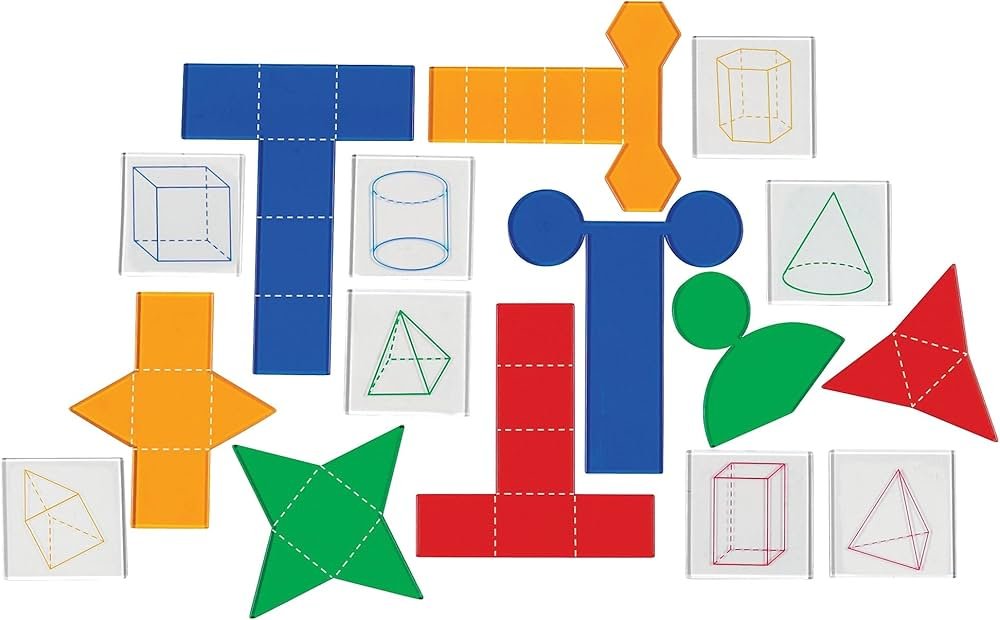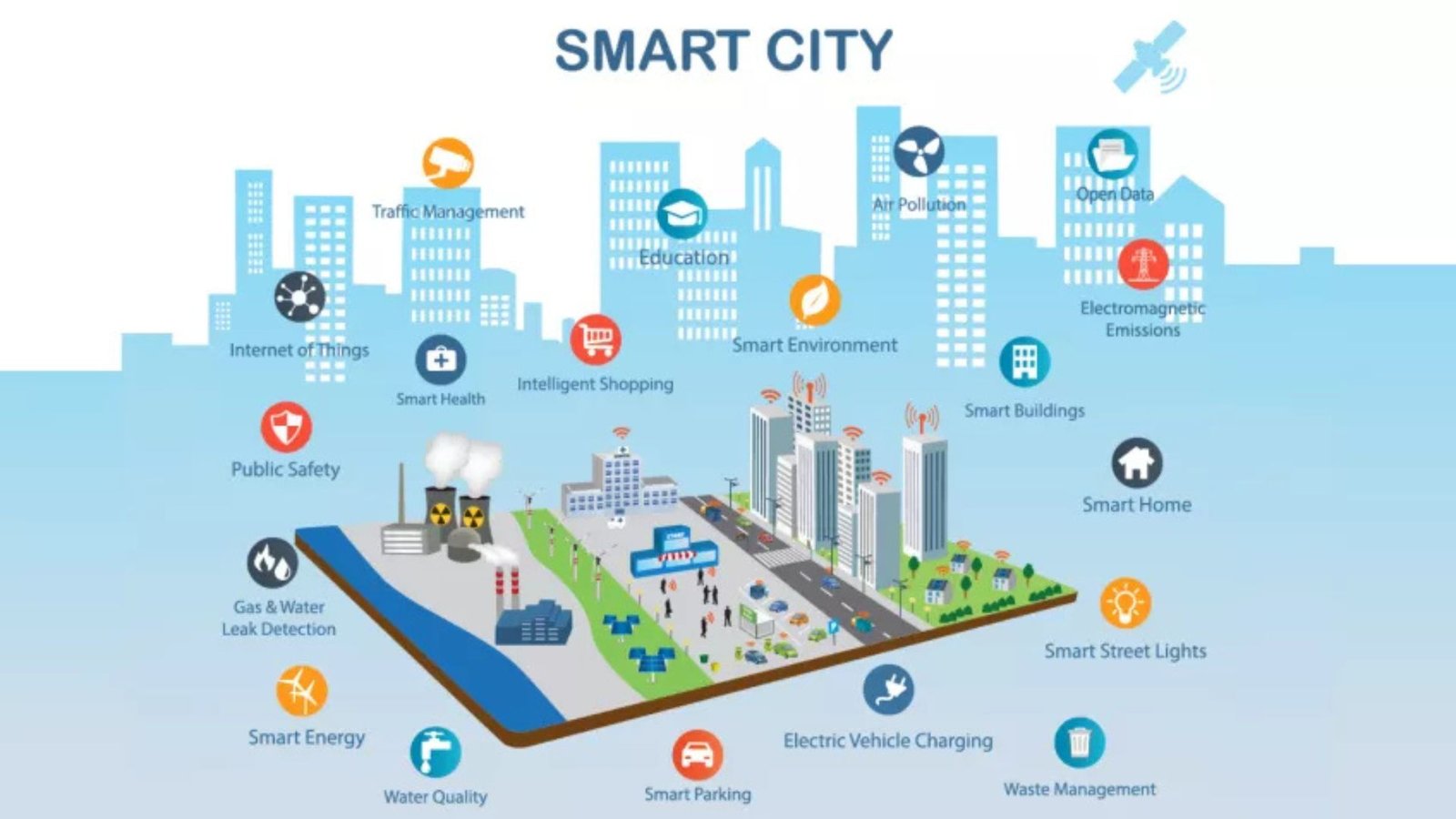Geometric informatics is a fascinating field that blends geometry, mathematics, and computer science. If you’re interested in learning more about it, you’re in luck! There are many excellent resources to learn geometric informatics. These resources will help you gain a deeper understanding of how geometric principles can be applied in various fields like robotics, computer graphics, and data analysis. In this article, we’ll explore the best resources to learn geometric informatics and how they can help you on your learning journey.
1. Online Courses and Platforms
One of the best ways to start learning geometric informatics is through online courses. Many websites offer beginner to advanced level courses that can help you grasp the basics and dive deeper into more complex topics. Here are some of the top platforms that provide excellent courses:
- Coursera: Coursera offers courses from top universities such as Stanford and MIT. You can find courses specifically focused on geometry, informatics, and related topics. The courses come with video lectures, assignments, and quizzes that make learning interactive.
- edX: Like Coursera, edX provides courses from well-known universities. Look for courses in computational geometry, computer graphics, or geometric data analysis. These will give you the necessary skills to apply geometric informatics in real-world situations.
- Udemy: Udemy is another great platform that offers affordable courses on a wide range of subjects. You can find several courses on geometric principles and their applications in computer science and robotics.

2. Textbooks and Academic Papers
For those who prefer learning from books, textbooks are a great resource to learn geometric informatics. Books allow you to study at your own pace and dive deep into the theory behind the subject. Here are a few notable books on geometric informatics:
- “Computational Geometry: Algorithms and Applications” by Mark de Berg – This book covers the key concepts in computational geometry, a branch closely related to geometric informatics. It explains how geometric algorithms work and their real-world applications.
- “Geometric Tools for Computer Graphics” by Philip Schneider and David Eberly – This textbook focuses on how geometric informatics is applied in computer graphics, including algorithms for rendering, modeling, and visualizing 3D objects.
You can also explore academic papers on geometric informatics. Many universities and research institutions publish papers online, which can provide you with in-depth knowledge about recent advancements in the field. Websites like Google Scholar and ResearchGate are excellent places to find these resources.
3. YouTube Channels and Video Tutorials
If you’re a visual learner, YouTube can be a fantastic resource to learn geometric informatics. Many educators and professionals create video tutorials explaining complex geometric concepts in simple terms. Here are a few YouTube channels that can help:
- Khan Academy: Khan Academy offers video lessons on various mathematical and geometric topics. While it may not have courses specifically labeled “geometric informatics,” it covers the essential concepts like geometry and algorithms that form the foundation of the field.
- 3Blue1Brown: This channel offers visually engaging videos on mathematics and geometry. The explanations are clear and easy to follow, making it a great resource for anyone starting out in geometric informatics.
- The Coding Train: This channel focuses on creative coding and covers topics like computer graphics, computational geometry, and algorithms. It’s a great place to see practical applications of geometric informatics.
4. Interactive Websites and Tools
Another great way to learn geometric informatics is by using interactive tools and websites. These platforms allow you to apply what you’ve learned and visualize geometric concepts in real time. Some popular interactive resources include:
- GeoGebra: GeoGebra is a free online tool that allows you to create and manipulate geometric shapes and figures. It’s an excellent way to experiment with geometric concepts and see how they behave in different situations.
- Desmos: Desmos is a graphing calculator tool that lets you explore geometry and mathematics interactively. It’s perfect for visualizing geometric data and solving geometric problems.
- Wolfram Alpha: Wolfram Alpha is a computational search engine that can help solve geometric problems and perform calculations. You can use it to explore geometric formulas and understand the relationships between different geometric shapes.
5. University Resources and Research Institutes
If you’re looking for more formal education in geometric informatics, many universities offer specialized programs. Some of the best places to study include:
- Stanford University: Stanford’s Computer Science Department offers courses in computational geometry and geometric data analysis, which are directly related to geometric informatics.
- Massachusetts Institute of Technology (MIT): MIT has cutting-edge research in computational geometry, and their courses often focus on the application of geometric informatics in fields like robotics and computer graphics.
- Research Institutions: Many research institutes like Institute of Robotics and Intelligent Systems (IRIS) at ETH Zurich, or the Max Planck Institute for Informatics, often provide online materials, seminars, and research papers that can help deepen your understanding of geometric informatics.
6. Forums and Communities
Engaging with online communities is a great way to get help when learning geometric informatics. You can ask questions, share ideas, and learn from others who are also interested in the field. Some popular forums include:
- Stack Overflow: Stack Overflow is a huge community of developers and mathematicians. You can ask specific questions about geometric informatics and get answers from experts in the field.
- Reddit: Subreddits like r/computationalgeometry or r/robotics can be helpful places to discuss geometric informatics with others.
Conclusion
In conclusion, there are many great resources to learn geometric informatics available today. Whether you prefer online courses, textbooks, or video tutorials, you’ll find plenty of ways to dive into this exciting field. Platforms like Coursera and edX offer structured courses, while YouTube channels and interactive tools provide hands-on learning. University resources and research papers give you access to cutting-edge knowledge, and online communities offer support and collaboration. By utilizing these resources, you’ll be well on your way to mastering geometric informatics and applying it in fields like robotics, computer graphics, and more.




